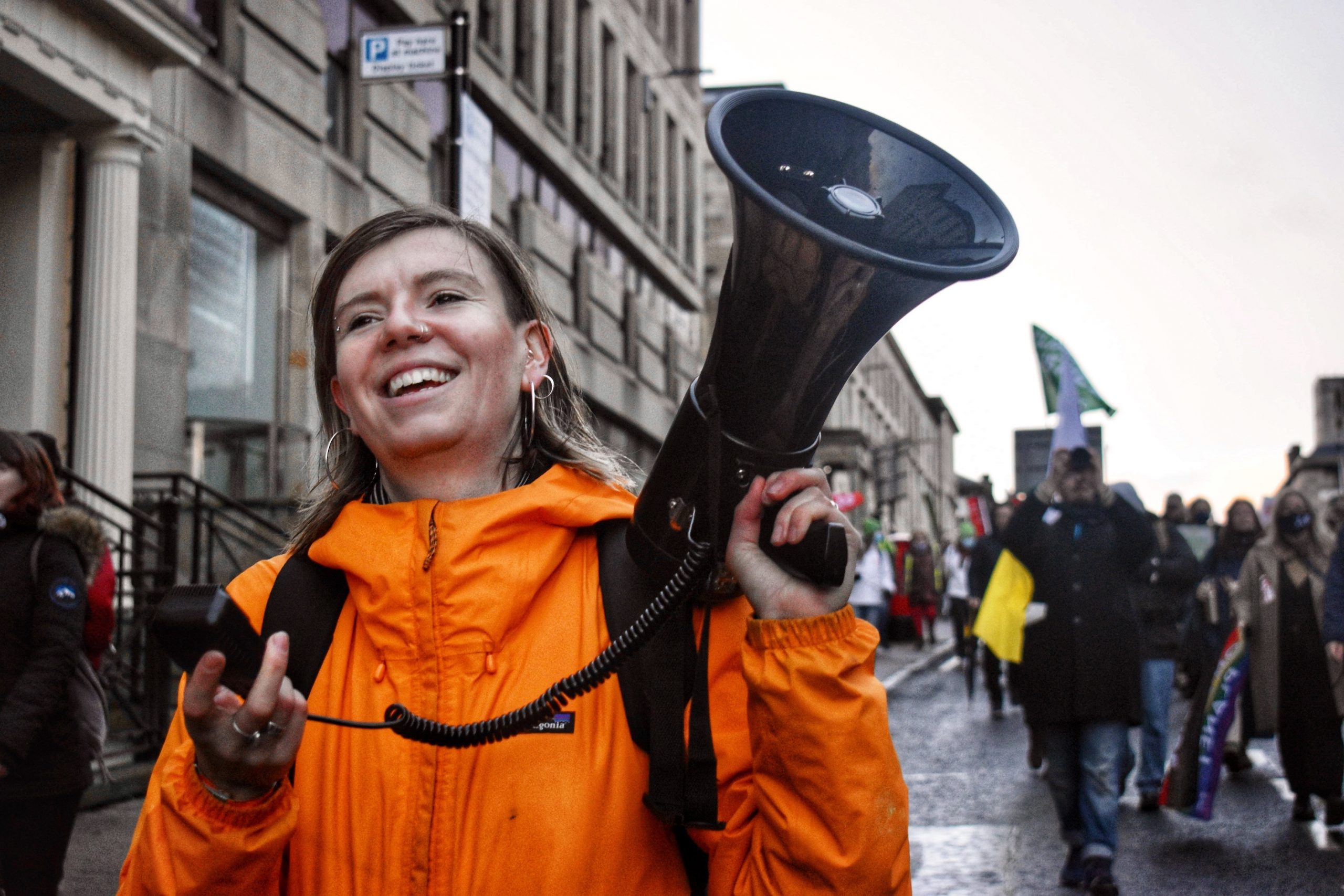
Living in a chemical world
We are surrounded by thousands of man-made compounds. From the creams we put on our face to the toys our children play with, chemicals have become integral to our lifestyle. But are they safe?[img_assist|nid=299|title=Chemicals|desc=Photo: Barry Smith|link=none|align=right|width=300|height=225]
Reports from coalitions of environmental and other groups, including Friends of the Earth, WWF and even the Women’s Institute, have shown how our bodies have absorbed a chemical cocktail that could be responsible for diseases such as breast cancer and asthma.
Nobody knows exactly how this chemical cocktail affects humans, animals or the environment. Only chemicals introduced since 1981 needed to be tested before their use was approved. This means that there are approximately 100,000 chemicals in use whose effects are not known. This lack of safety information makes it difficult for consumers to make an informed choice.
What is known is that more than 300 man-made chemicals have been detected in humans, many of which were not around in our great-grandparents’ time. Even when a chemical is shown to be of concern, there is currently no legal requirement for companies to substitute it, even when a safer option is readily available.
What are the health threats?
There are three main kinds of problem chemicals:
Bioaccumulative:
These chemicals build up in body fat within animals and humans. While there may only be a small amount in the environment, the fact that it accumulates through the food chain means that people are potentially exposed to a huge amount. This accumulation is also of concern in relation to unborn children, who are being exposed to chemicals both at a crucial time in their development and inevitably over a longer period of time. The effects of this level of exposure are unknown.
Persistent:
This group sticks around in the environment over a long period of time and includes heavy metals and organic halogens (bromides, chlorides etc). Mercury poisoning has been recorded in fish.
Hormone-disrupting:
These chemicals are able to imitate or disrupt the action of the natural hormone system, which regulates much of our body. It is beginning to be thought that our exposure to literally hundreds of hormone-disrupting chemical every day could be at least partly responsible for the rise in testicular, prostate and breast cancer, as well as lower sperm counts and early puberty in girls.
What you can do:
buy organic, where possible. This will help reduce exposure to pesticidesinvest in natural, pesticide-free flooringuse paints and glues with a low VOC content when decoratinguse environmentally-friendly cleaning productswash and peel fruit and vegetables before eatingUse glass baby bottles – avoid polycarbonatelobby your favourite retailers to avoid risky chemicals in their products.
What you should avoid doing:
don’t buy antibacterial products unless necessary – do you really need antibacterial washing-up liquid?avoid using teflon – invest in cast iron potstry not to wrap food in PVC cling film – use boxes insteaddon’t use air-fresheners – open a window insteadavoid pesticides in the home or gardentry not to buy canned fooddon’t use toiletries that contain synthetic fragrances, including synthetic musk.
